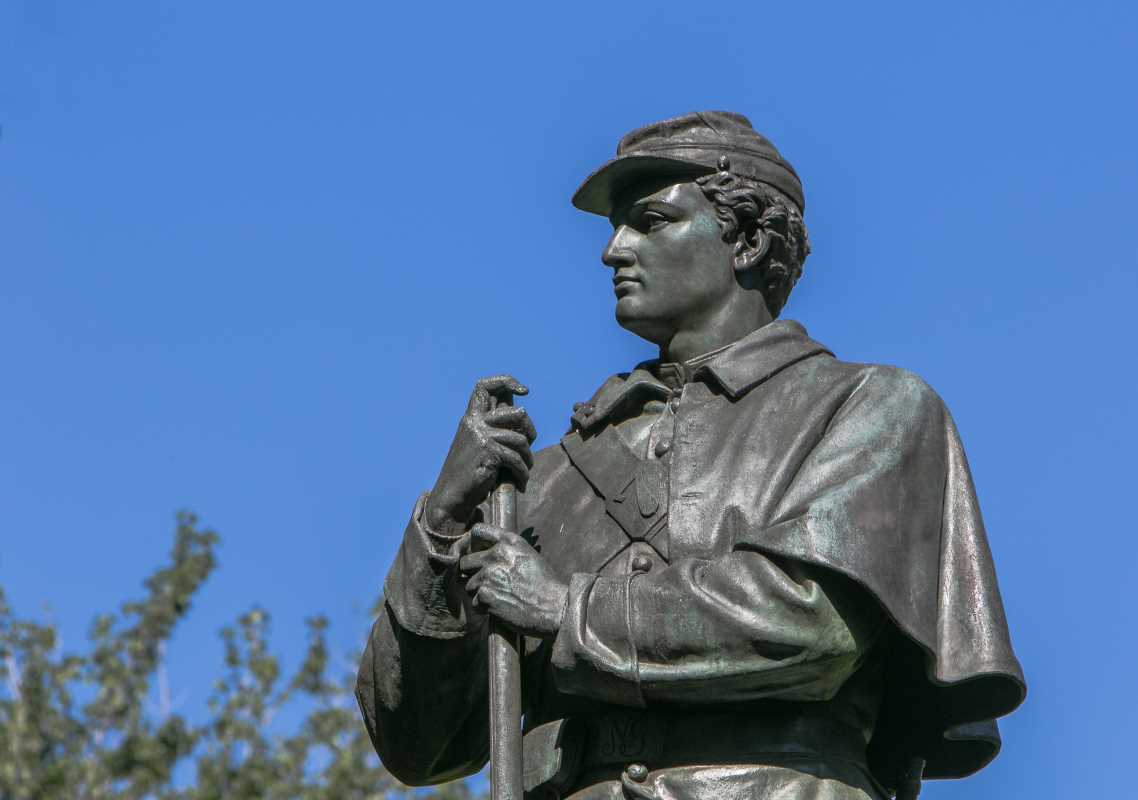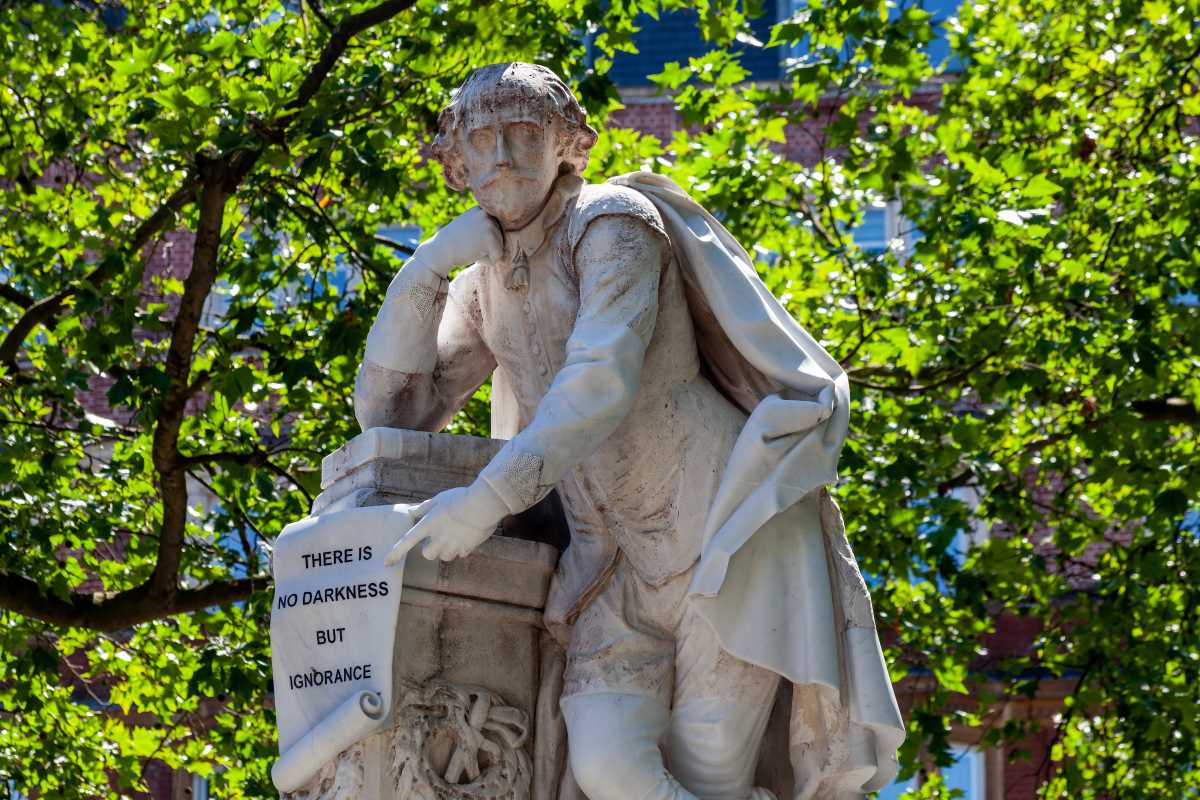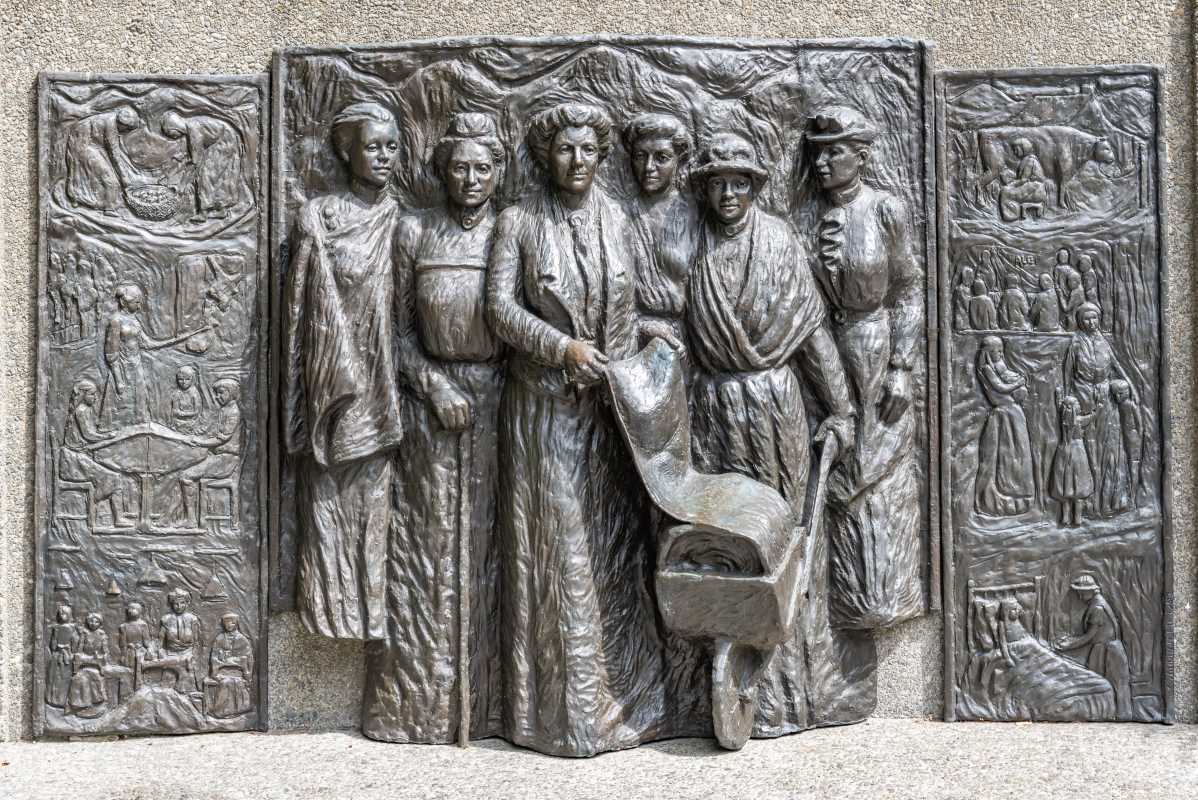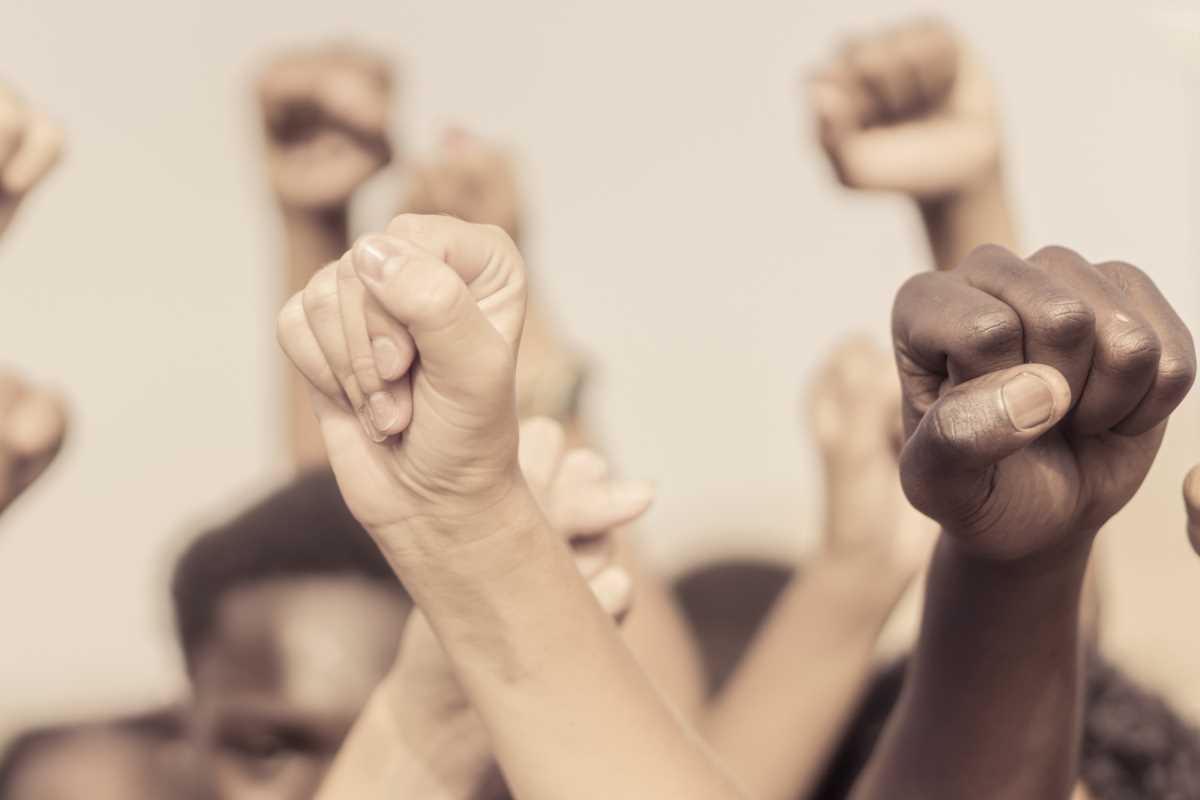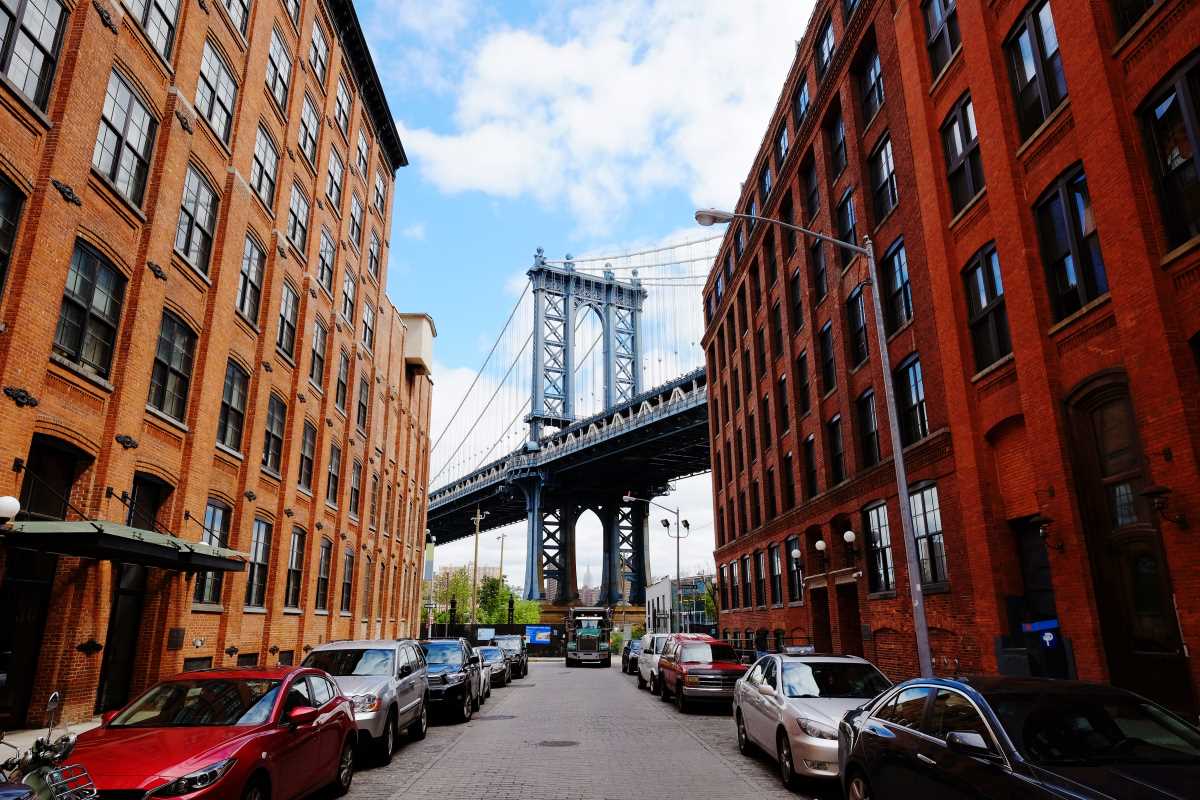The right to vote is one of the most fundamental principles of democracy, yet for much of U.S. history, not everyone had equal access to the ballot box. Discrimination, intimidation, and unfair practices like literacy tests and poll taxes kept millions of Americans, particularly Black citizens, from participating in elections. The Voting Rights Act of 1965 was created to address this injustice. It wasn’t just a piece of legislation; it was a major milestone in the struggle for civil rights and equality.
The Voting Rights Act changed the political landscape of the United States by breaking down barriers to voting and holding states accountable for discriminatory practices. Its passage marked a turning point in the fight for civil rights and became a model for protecting voting rights globally. Even though the law’s impact has been significant, debates about voter access and suppression continue today, making the Voting Rights Act as relevant as ever.
Why Was the Voting Rights Act Necessary?
Before the Voting Rights Act, unequal voting rights were a harsh reality for many Americans. While the 15th Amendment, passed in 1870, technically prohibited racial discrimination in voting, Southern states found creative and cruel ways to prevent Black Americans from voting.
Barriers to Voting
Systematic discrimination took many forms, including:
- Literacy tests: Voters had to pass reading and writing exams, which were often unfairly administered. Black voters were frequently given impossibly difficult tests designed to ensure they would fail.
- Poll taxes: Voters had to pay a fee before voting, making it impossible for many poor Americans, including Black citizens, to afford participation.
- Intimidation and violence: Threats, harassment, and outright violence kept many Black Americans from even attempting to register to vote.
- Grandfather clauses: These laws stated that only people whose grandfathers had voted before the Civil War could vote, intentionally excluding Black Americans.
These practices were designed to strip political power away from certain groups, effectively silencing their voices in government.
The Role of the Civil Rights Movement
The Civil Rights Movement didn’t just fight against segregation; voting rights were a key part of the struggle. Leaders like Martin Luther King Jr., John Lewis, and other activists worked tirelessly to bring attention to voter suppression.
Key events intensified the call for change. For example, the Selma to Montgomery marches in 1965, sparked by the violent attack on peaceful protestors on “Bloody Sunday,” highlighted the urgent need to protect voting rights. The images of activists being brutally beaten while crossing the Edmund Pettus Bridge shocked the nation and increased pressure on lawmakers to act.
What Did the Voting Rights Act Do?
Signed into law by President Lyndon B. Johnson on August 6, 1965, the Voting Rights Act sought to eliminate racial discrimination in voting. Its provisions were designed to enforce the 15th Amendment and ensure fair access to the ballot box for all Americans.
Key Provisions of the Act
The Voting Rights Act included several important measures:
- Banning Literacy Tests: The act prohibited literacy tests and similar voter qualifications that were used to disenfranchise voters based on race.
- Federal Oversight of Elections: Certain states and counties with a history of discriminatory voting practices were required to get federal approval, or “preclearance,” before making changes to their voting laws.
- Election Monitors: Federal examiners and observers were sent to areas where discrimination was common to ensure elections were fair and free.
- Protecting Language Minorities: Later amendments to the act added provisions to assist voters with limited English proficiency, requiring bilingual ballots and voter materials in certain areas.
These measures had an immediate and dramatic effect, particularly in the South, where voter suppression had been most severe.
The Impact of the Voting Rights Act
The Voting Rights Act revolutionized voting rights in the United States. Its enactment led to dramatic changes in voter registration, political participation, and representation.
Increased Voter Registration
Before the act, registration rates for Black voters in the South were shockingly low. For instance, in Mississippi, only about 6% of eligible Black citizens were registered to vote before 1965. Within a few years of the Voting Rights Act, those numbers skyrocketed. By 1970, nearly 60% of eligible Black voters in Mississippi were registered.
This surge in voter registration also extended to other groups who faced barriers, including Native Americans and language minorities.
Expanding Representation
The immediate increase in voter participation also recast political representation in the U.S. For the first time since Reconstruction, Black Americans began winning political offices in significant numbers. Local governments, state legislatures, and even Congress saw a new wave of Black elected officials.
Today, thanks in part to the Voting Rights Act, diverse representation has expanded at all levels of government. This shift allows for a broader range of voices and experiences to influence policy decisions.
A Model for Other Movements
The Voting Rights Act has become a symbol of successful civil rights legislation globally. Its passage inspired other nations to address inequality in voting and created a framework for monitoring fair elections.
Challenges to the Voting Rights Act
Although the Voting Rights Act was groundbreaking, its provisions have faced criticism and challenges over time, some of which have weakened its enforcement.
The Shelby County v. Holder Decision (2013)
One of the most significant challenges came in 2013 when the Supreme Court ruled on the case Shelby County v. Holder. The court struck down the formula used to determine which areas were subject to federal oversight under the preclearance provision. The decision effectively ended the preclearance requirement, allowing states to change voting laws without federal approval.
Critics argue that this decision has led to a rise in voter suppression tactics, such as strict voter ID laws, cutbacks to early voting, and the closure of polling places in minority communities.
Ongoing Voter Suppression
Despite the progress made by the Voting Rights Act, voter suppression remains a concern. Efforts to make voting harder disproportionately affect marginalized groups, especially Black, Latino, and Native American communities. Modern barriers include long wait times at polling locations, reduced access to mail-in voting, and restrictive voter ID laws.
The Future of Voting Rights
The fight for voting rights isn’t over. Activists and lawmakers continue to advocate for updates to the Voting Rights Act that restore its full strength and address new challenges. One proposed measure is the John Lewis Voting Rights Advancement Act, named after the late civil rights leader. This legislation seeks to modernize the preclearance formula and strengthen protections against voter suppression.
Additionally, efforts to expand voting access, such as automatic voter registration and making Election Day a national holiday, reflect the ongoing push to create a more inclusive democracy.
 (Image via
(Image via

